Today, the Embassy of the Republic of Uzbekistan in Belgium jointly with the media portal EURACTIV hosted a virtual conference entitled "Central and South Asian interaction: why it is important in the region and beyond".
The event is dedicated to the upcoming international conference “Central and South Asia: Regional Connectivity. Challenges and Opportunities”, which will be held on the initiative of the President of Uzbekistan Shavkat Mirziyoyev on July 15-16 in Tashkent.
The purpose of the event was to bring to the European political-diplomatic, expert-analytical, business circles and media to the initiative promoted by Uzbekistan on the development of cooperation and strengthening interaction between Central and South Asia.
The event was attended by Dilyor Khakimov, Ambassador of Uzbekistan to Belgium, Head of the Missions of Uzbekistan to the EU and NATO, Philippe van Amersfoort, Deputy Head of Central Asia Division, EEAS Romana Vlahutin, Ambassador at Large for Connectivity , EEAS Ryszard Czarnecki MEP, Chair D-RU, European Parliament Stefania Benaglia, Associate Researcher, CEPS
Štefan Füle, Former European Commissioner for Enlargement and European Neighbourhood, Consultant of the President of the Republic of Uzbekistan Dr. Obid Khakimov, Deputy Adviser of the President of Uzbekistan, Director of the Center for Economic Research and Reforms under the Administration of the President of the Republic.
Director of CERR Obid Khakimov presented to the conference participants assessing the unrealized potential of mutual trade between the countries of Central and South Asia.
At the end of 2020, the total trade between Central and South Asian countries amounted to $4.4 billion or 3.2% of their total foreign trade turnover (142.6 billion dollars).
The largest shares in the trade between Central and South Asian countries are occupied by Kazakhstan (52.8%), Uzbekistan (31.2%) and Turkmenistan (10.4%).
According to the report of the international consulting campaign BCG "Investing in Central Asia: one region, many opportunities" ("Investments in Central Asia: one region, many opportunities") from 2018, the potential of Central Asia to attract foreign direct investment over the next 10 years is estimated in the amount of up to 170 billion dollars, including 40-70 billion dollars in non-resource industries.
“Of course, this does not mean that Central Asian countries can replace the fixed volume of imports from South Asian countries, but it shows that there are huge untapped opportunities in mutual trade,” said the director of CERR.
He gave the example of South Asian countries, which imported chemical fertilizers for $8.6 billion in 2019, including India for $7.2 billion, Bangladesh for $749.2 million, Pakistan for $606.0 million
At the same time, the CA countries exported chemical fertilizers to the foreign market for 384.3 million dollars, of which only 32.3 million dollars were exported to the countries of South Asia. In particular, Uzbekistan in 2019 exported mineral fertilizers for 135.9 million dollars, of which only 24.9 million dollars to the countries of South Asia, mainly to Afghanistan for 24.1 million dollars, to India by 0.4 million and Sri Lanka by 0.3 million.
CERR analysis showed that there is also an unrealized potential for increasing the export of food products by CA countries, in particular wheat, fruits, vegetables and nuts.
“All Central Asian countries are interested in expanding economic cooperation with South Asian countries, especially with Afghanistan, India and Pakistan”, Obid Khakimov said.
According to calculations, the largest export volumes of CA countries fall on Afghanistan, due to its geographical proximity, as well as the presence of transport infrastructure, created in recent years with the participation of Uzbekistan and international financial organizations.
He also said that Uzbekistan plans to bring the annual volume of mutual trade with Afghanistan to $2 billion by 2023, as well as conclude a "Preferential Trade Agreement" with it.
In turn, the European side noted that the experience of the European Union in building interconnectedness and communications may be of particular interest to the countries of Central and South Asia. Experts identified five key stages: globalization, a way out of self-segregation, development trade, sustainability and cooperation.
Speaking about the prospects of cooperation between the countries of Central and South Asia, the Director of CERR listed the main areas, including: construction of new transport corridors providing access to the southern seaports of Central Asia, cooperation in the field of energy (export of electricity, natural gas, petroleum products), encourage mutual investment and expand and diversify foreign trade.
At the same time, he noted that Central and South Asia are connected on the border with Afghanistan, which serves as a kind of bridge between the two regions.
In this regard, Obid Hakimov noted that "the stabilization of the situation in Afghanistan will expand the opportunities for establishing trade, economic and investment ties, strengthening transport and communication links between the countries of Central and South Asia".
CERR Public Relations Service

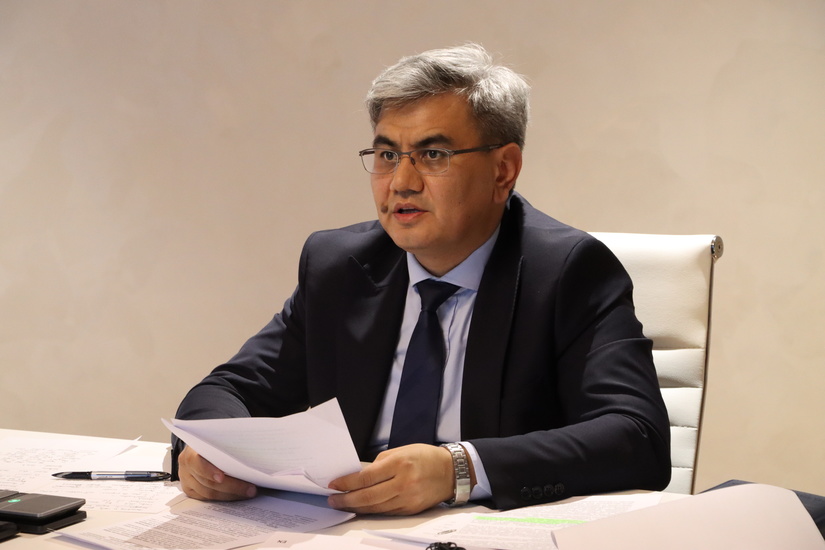
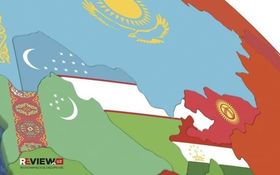

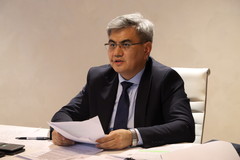

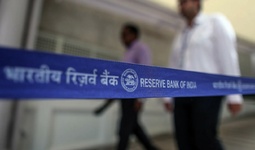
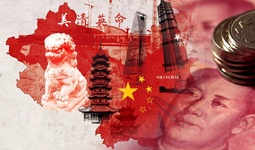

















leave a comment